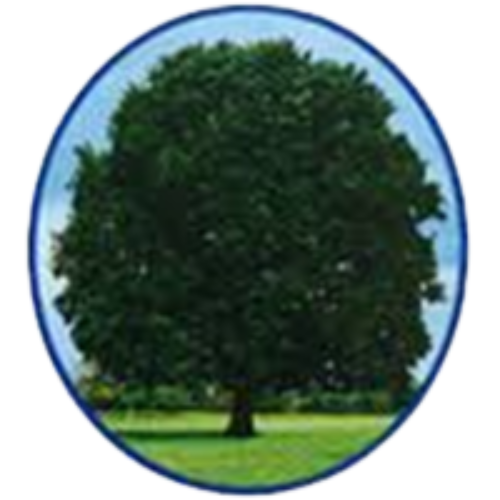Numeracy Passport

Welcome to the Numeracy Passport support page. The emphasis of the passport scheme is on the child having instant recall of key number facts. This will give your child the very best foundation on which they can build and apply their other maths skills. The maths passports start in Reception and work through, all the way up to year 6.
Each target/test is based on key mathematical concepts which are essential for everyday success in maths, and correspond to the National Curriculum. Each objective in the passport is assessed separately, before a final test involving a mixture of questions from the whole passport. The UK passport is not a test, but will be done using number cards, practically with an adult.
Each child has a Passport where they can record their results and if they achieve 100% on their test, they will move to the next stage until they have completed that area of the world. Please see the table below, which details each area/continent and the mathematical concepts covered.
Whether your child achieves their next award or just improves on their previous score, we are proud of their efforts in practising for these awards - mental maths is such a key part in developing the children’s fluency in mathematics.
To support this learning at home, dedicated homework tasks will be sent and practice tests are available below to help support your child's numeracy passport journey.
There are many resources available online that will encourage and support the children in learning these number facts, such as-
- TopMarks Website
- Timetables Rock stars
- BBC games
- ICT games
Numeracy Passport
|
Passports |
Skills |
Time |
|
UK |
|
Not timed |
|
Europe |
|
2 minutes 20 questions |
|
Asia |
|
2 minutes 20 questions |
|
Africa |
|
2 minutes 20 questions |
|
Australasia/ Oceania |
|
2 minutes 20 questions |
|
Antarctica |
|
2minutes 30 questions |
|
North America |
|
3 minutes 30 questions |
|
South America |
|
3 minutes 30 questions
|
